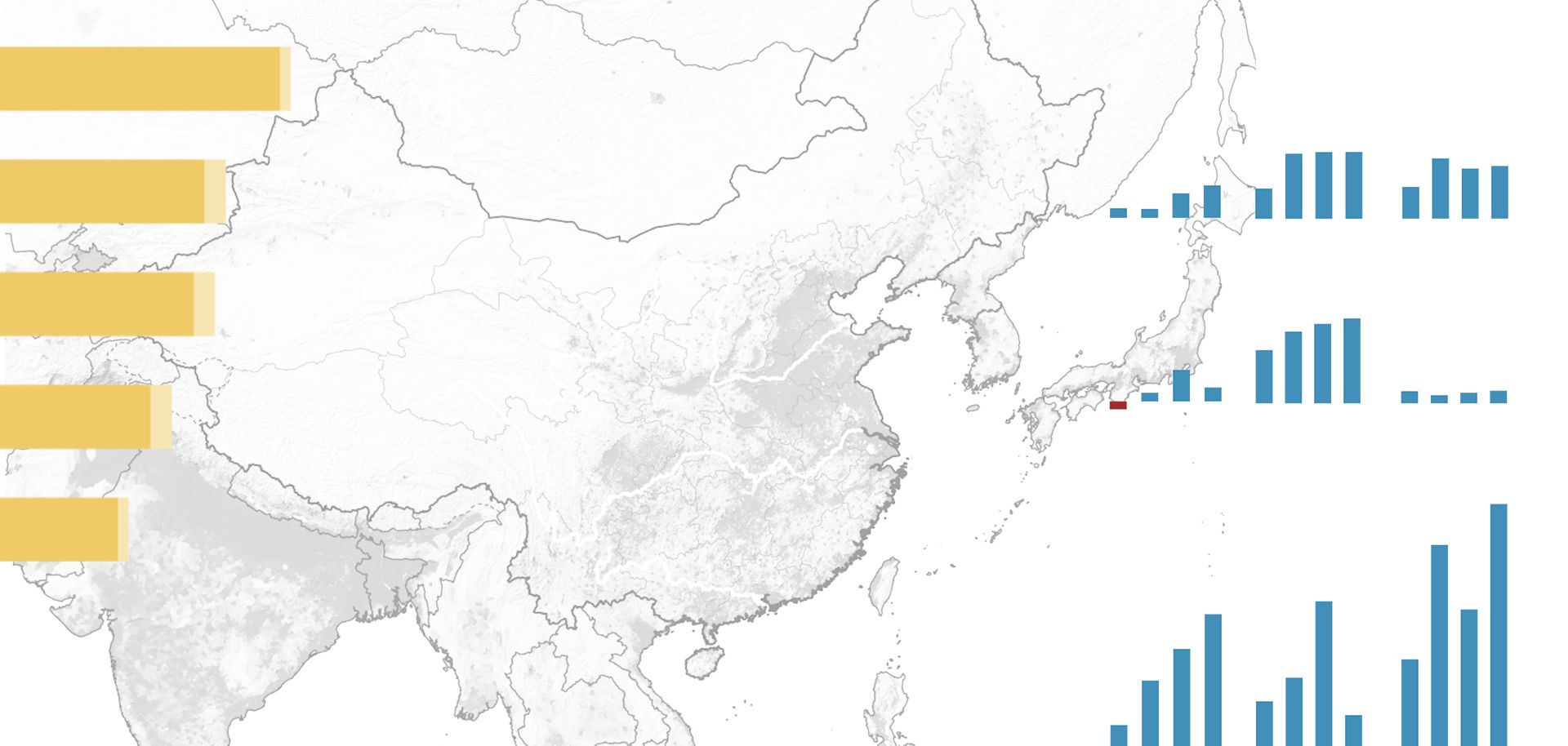
Over the past decade, U.S. meat and dairy producers have shifted their practices to meet the growing Chinese demand created by an expanding middle class. Rice producers now hope to do the same. China is the world's largest producer and consumer of rice. And Chinese rice imports — sourced primarily from Vietnam, Thailand and Pakistan — increased substantially in 2012 and have remained high since, making China one of the world's largest importers of rice as well. Beijing's food security policies keep the domestic price of rice inflated, meaning that imports are economically competitive but highly regulated. The international food price index recently hit the lowest level in six years, and low cereal prices are a large part of that decline.
Despite this, rice consumption has outpaced milled rice production since the 2013-2014 market year, and prices have stayed low because of factors such as currency depreciation in Thailand and Vietnam, which has lowered minimum export prices to stimulate demand. Self-sufficiency policies in Indonesia and the Philippines have reduced import demand, also contributing to low prices.
For the past 15 years, U.S. rice producers have wanted to enter China, but China has required certain phytosanitary — or pest control — measures at several points along the supply chain, which the United States has been hesitant to agree to. With the implementation of the long awaited agreement on this protocol, in theory, U.S. rice could be exported to China in as little as a month's time.



